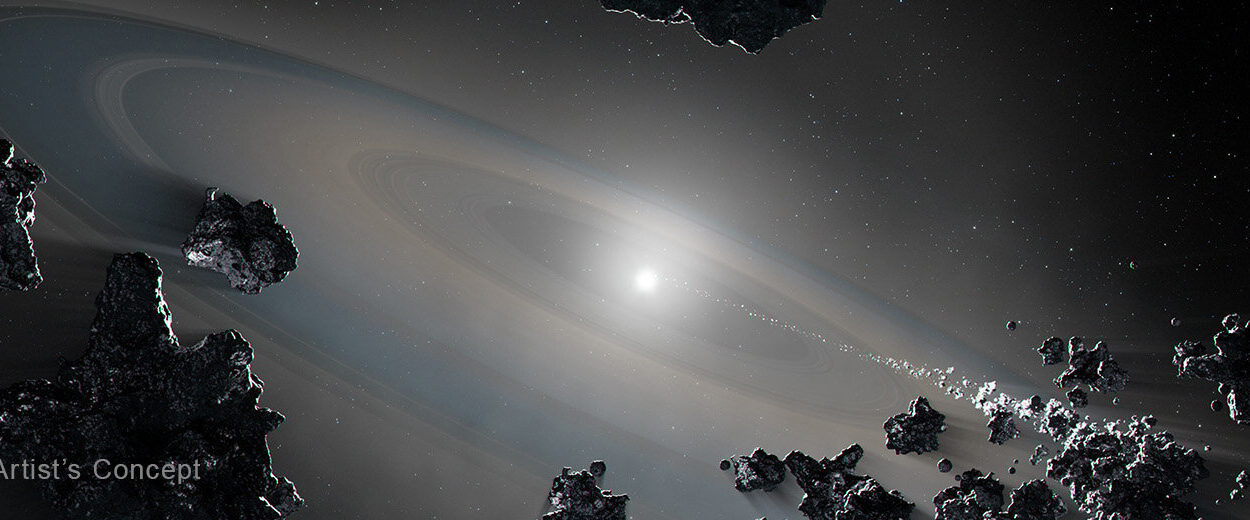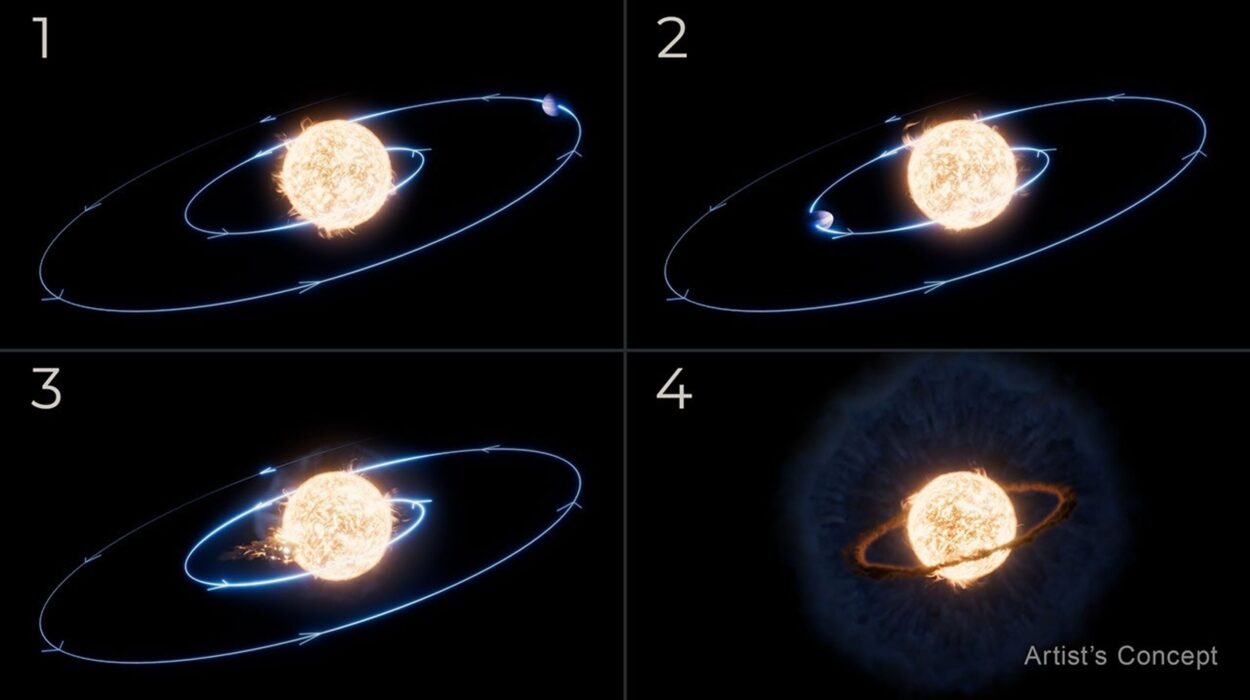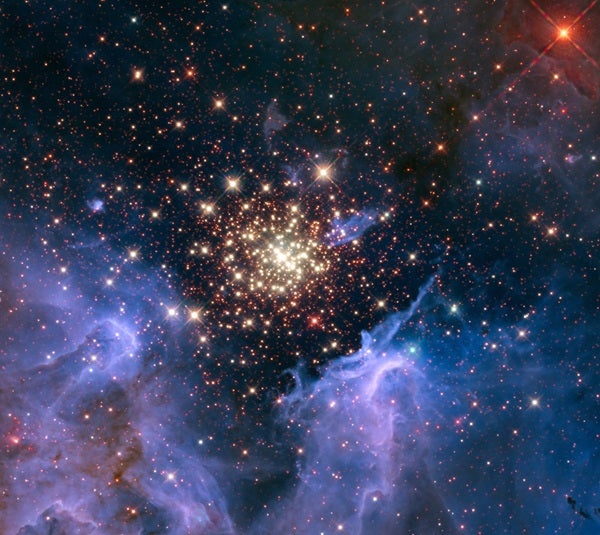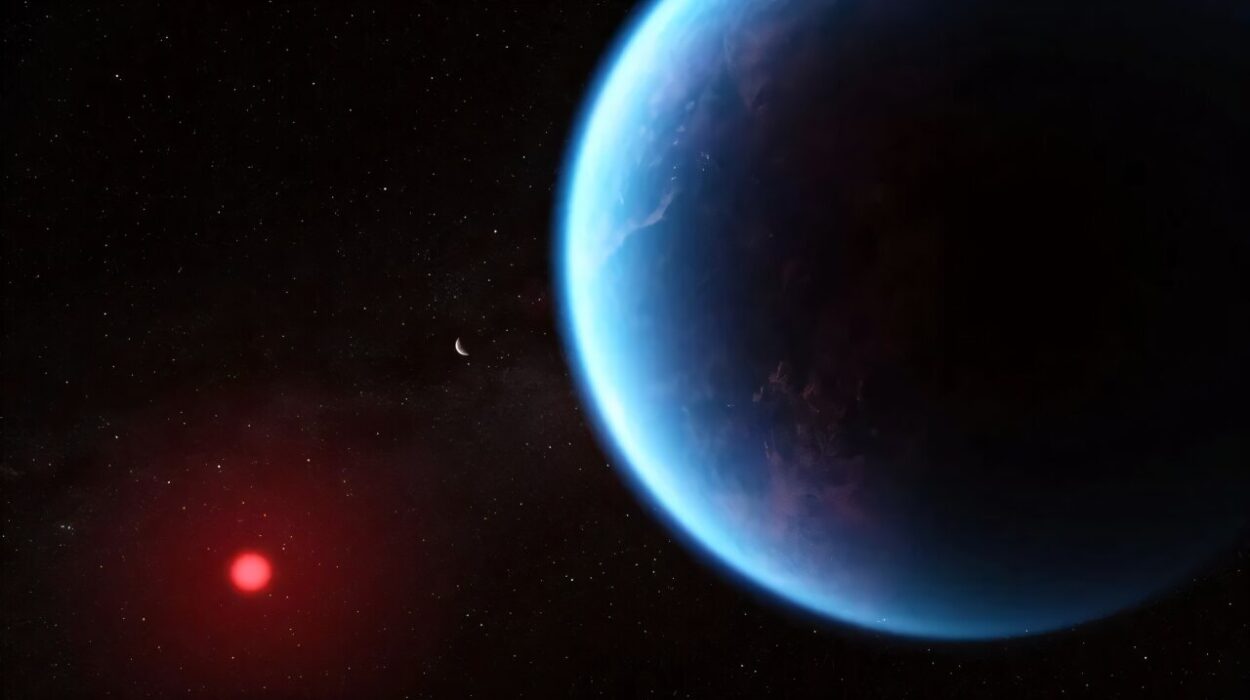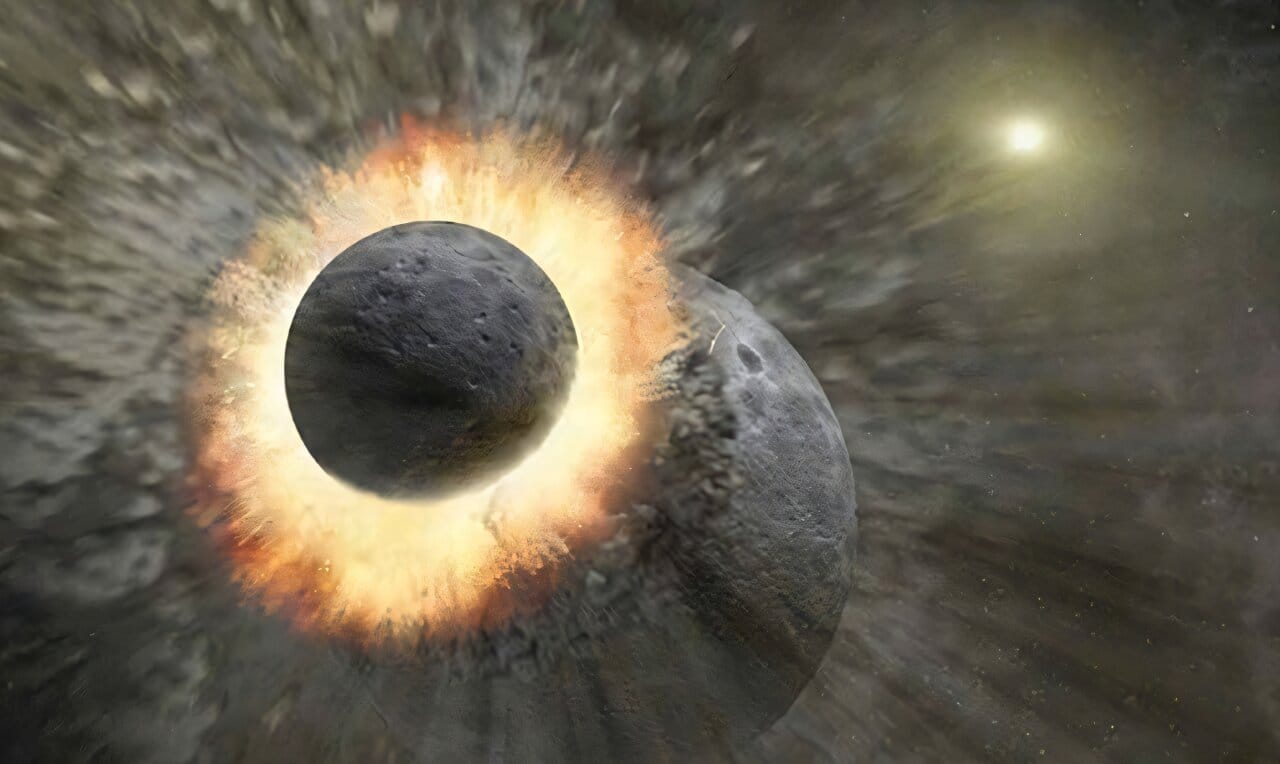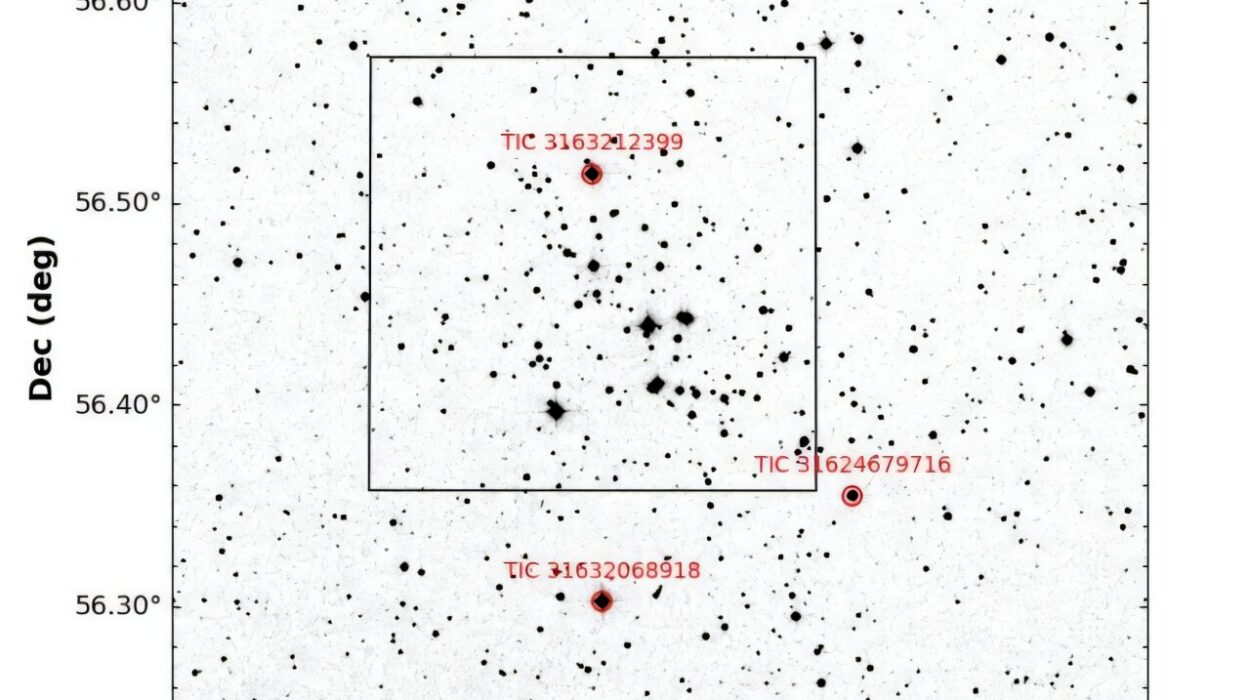In December 1972, as astronauts Eugene Cernan and Harrison Schmitt prepared to leave the moon’s dusty surface for the final time, they gathered something extraordinary — samples of lunar rock and soil that would outlive their mission. Some of these were sealed away, untouched for decades, waiting for the day when science would finally catch up to their secrets. Those sealed tubes became silent time capsules, preserving whispers from a world that has stood unchanged for billions of years.
Now, over half a century later, those whispers have become a startling revelation. A research team led by James Dottin, an assistant professor at Brown University, has unlocked a mystery from these ancient lunar rocks — a “sulfuric surprise” that could change how we understand the moon’s formation and its early history.
A Discovery Waiting in the Dust
The samples that Dottin studied came from the Taurus-Littrow Valley, a region where the moon’s rugged highlands meet dark volcanic plains. During Apollo 17, the final Apollo mission, Cernan and Schmitt drove a hollow metal cylinder — a “double drive tube” — deep into the lunar soil to capture layers of untouched material.
When they returned to Earth, NASA sealed the tube inside a helium chamber to prevent any contamination. For decades, it sat quietly in the agency’s archives, awaiting the day when future scientists, armed with new technologies, could probe it for deeper truths.
That day finally came through NASA’s Apollo Next Generation Sample Analysis (ANGSA) program — a project designed to reexamine these pristine lunar materials with tools unimaginable in the 1970s. Among the first scientists selected to study the samples was Dottin, who saw an opportunity to explore something fundamental: the isotopic fingerprints of sulfur.
The Science of Elemental Fingerprints
Every element on the periodic table can exist in multiple forms, called isotopes. These isotopes differ slightly in atomic weight, and the relative ratios between them act as a kind of chemical fingerprint — unique identifiers of the processes that shaped a rock, a planet, or even an atmosphere.
For example, scientists have long known that the Earth and the moon share nearly identical oxygen isotope ratios, suggesting that they originated from the same cosmic event. Many expected sulfur isotopes to tell a similar story — one that would confirm the deep genetic link between the Earth’s mantle and the moon’s.
But when Dottin placed the Apollo 17 samples under the lens of a secondary ion mass spectrometer — a device capable of measuring isotopes with astonishing precision — what he saw defied expectations.
The Sulfuric Surprise
“The results were so strange that I thought we’d made a mistake,” Dottin recalled. “My first thought was, ‘Holy shmolies, that can’t be right.’”
Yet, it was right. The lunar volcanic material in the Apollo 17 sample showed an unexpected depletion of one particular isotope — sulfur-33 (or ³³S). This isotope was far less abundant than any comparable sulfur found on Earth. The finding was clear and reproducible, and it painted a picture of the moon’s sulfur unlike anything seen before.
Whereas Earth’s sulfur isotopes tend to align in predictable patterns shaped by volcanic and biological activity, the lunar sample’s sulfur ratios were wildly different — a silent signature from another world.
Two Paths to an Ancient Mystery
The question then became: Why? What could cause the moon’s sulfur to diverge so sharply from Earth’s? Dottin and his team proposed two intriguing possibilities — each of which opens a window into a very different moment in lunar history.
The first explanation reaches back to a time when the moon may have had a thin, transient atmosphere. Billions of years ago, intense volcanic eruptions could have spewed gases that formed a temporary envelope of air. In such an environment, sulfur gases interacting with ultraviolet sunlight can produce isotope ratios depleted in sulfur-33.
If this is the case, then the lunar rocks Dottin studied contain a chemical memory of that ancient atmosphere — evidence that materials once cycled from the surface down into the moon’s interior. That would mean the early moon, though geologically quiet today, once experienced processes similar in concept to Earth’s tectonic recycling, but through entirely different means.
“On Earth, plate tectonics mixes materials from the crust and mantle,” Dottin explained. “The moon doesn’t have that kind of system, so if this sulfur signature truly reflects surface-to-mantle exchange, it suggests something remarkable was happening early in lunar history.”
The second explanation ventures even further back — to the cataclysmic moment of the moon’s birth.
The Ghost of Theia
The leading theory of the moon’s formation is the Giant Impact Hypothesis. According to this model, a Mars-sized object named Theia collided with the young Earth roughly 4.5 billion years ago. The collision vaporized enormous amounts of material, and the debris that circled the Earth eventually coalesced to form the moon.
If Theia had a sulfur composition that was significantly different from Earth’s, it’s possible that the isotopic differences found in the Apollo 17 samples are a fossil trace of that cosmic collision — a chemical echo from the dawn of the solar system.
In that sense, these tiny isotopic variations are like stardust fingerprints, remnants of a world that no longer exists but whose chemistry still lives on in the rocks beneath our feet — and in the moon that shines above us every night.
Technology Meets Time
What makes this discovery particularly poetic is that it hinges on the patience of science itself. When NASA sealed those lunar samples more than fifty years ago, the agency’s scientists imagined a future where analytical tools would far surpass their own capabilities. They were right.
In 1972, the kind of precise isotope analysis used in this study didn’t exist. Today, secondary ion mass spectrometry can measure isotopic differences down to parts per million. That technological leap transformed an old rock into a revolutionary clue — proof that knowledge, like the moon’s own orbit, moves in cycles.
The Human Element of Discovery
Behind every scientific breakthrough is a human story — of curiosity, persistence, and wonder. Dottin’s reaction to his unexpected findings reflects the emotional heart of discovery: disbelief, verification, and finally awe.
The work also reminds us of the collaborative spirit of exploration that defines space science. The Apollo astronauts who collected those samples could not have imagined the questions they would help answer decades later. Yet, through their work, and through the careful stewardship of NASA and new generations of scientists, those gray stones have become storytellers — narrating tales of ancient atmospheres and cosmic collisions.
The Broader Cosmic Context
The sulfur anomaly in the lunar samples is not just a curiosity about the moon; it’s a clue about the evolution of our entire solar system. If sulfur isotopes vary so dramatically between Earth and its nearest neighbor, what might we find on Mars, or on asteroids, or in the icy moons of Jupiter and Saturn?
Understanding these isotopic fingerprints could help scientists trace the origins of planets, determine how volatiles like sulfur and water migrated through space, and even reveal the conditions that made Earth habitable.
In a sense, each discovery about the moon is also a discovery about ourselves — about where we come from and how the same cosmic materials that formed the moon and planets eventually came together to form life on Earth.
The Next Chapter in the Moon’s Story
This discovery is not an ending but a beginning. The Apollo Next Generation Sample Analysis program continues to release more of the sealed moon samples to research teams around the world. Each tube, each fragment of lunar soil, carries new potential to reshape what we think we know about our nearest celestial neighbor.
Dottin hopes that future studies of sulfur isotopes from Mars and other planetary bodies will help scientists determine which of the two main hypotheses — ancient photochemistry or lunar formation heritage — best explains the sulfur anomaly. Whatever the outcome, it will deepen our understanding of the forces that sculpted the early solar system.
More information: J. W. Dottin et al, Endogenous, yet Exotic, Sulfur in the Lunar Mantle, Journal of Geophysical Research: Planets (2025). DOI: 10.1029/2024je008834

